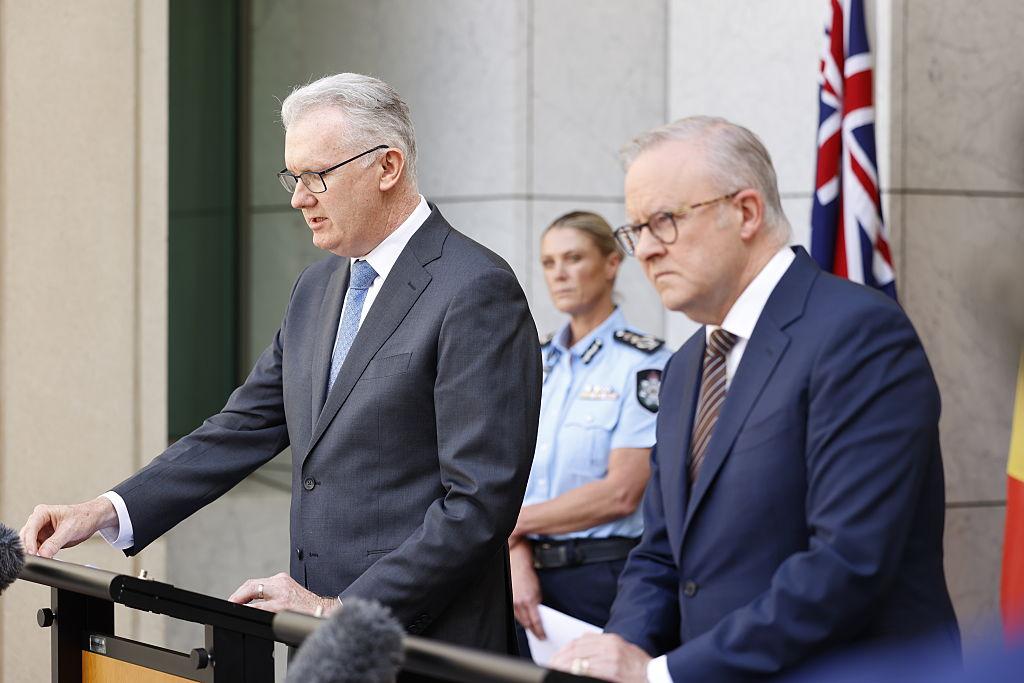Alinta Energy CEO Jeff Dimery has delivered a blunt message for consumers: “Australians will have to pay more for energy in the future.”
“We will spend more as a percentage of GDP on energy, energy services, and energy infrastructure. Whether we pay through the tax base, or pay the large upfront costs of an EV, or batteries and solar… or we’re paying more for electricity from the grid, we’ll all pay more in aggregate,” he told the National Press Club on April 10.





